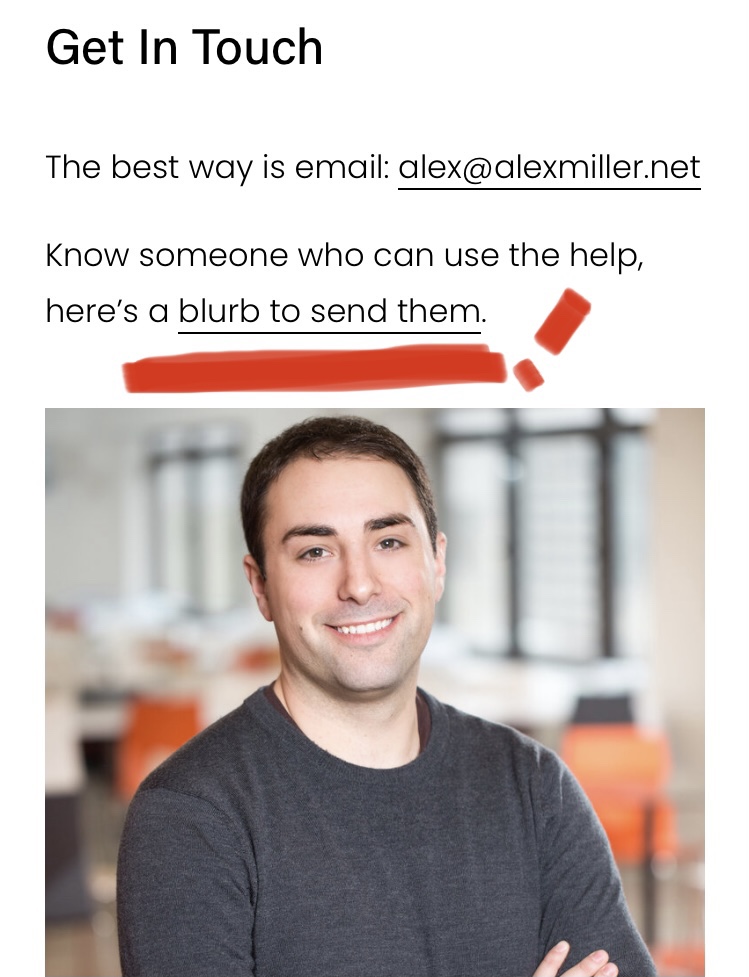Finance commodifies. The value of one thing must be stacked against the value of another. We can put “a thing” in a ledger and trade it for another thing.
Making something that is not a commodity into a piece of property that can be valued, traded, sold, or transferred is the natural order of financialization.
Not content with turning food or labor into commodities, we have created financial products to divine literally anything into an asset that can be owned, traded, or hedged against.
We’ve decided on fancy vocabulary words like fungible to make the basics of human reality seem more exciting. Or maybe just to charge more for it. 2 and 20 requires a bit of song and dance I suppose.
Fungible is a funny word too. Interchangeable makes more sense. It has more inherent meaning when brought to the context of finance. Sure, we bristle at the idea that our labor, our time, our creations are interchangeable, but we assign values to them so human creations largely have value that are easily exchanged. Finance commodifies. Just because you are unique doesn’t mean your creations aren’t things.
This week we sell non-fungible tokens (nft’s). A financial person might stop and think “ok, but I prefer the fungible, as I myself trade interchangeable things”. And this isn’t, it’s right there in the name. And if I’m not, I damn well better be doing it with something that has a price we agree on like a dollar or an ounce of gold.
And yet here we are with the NFT. Art lands in this category. It is unique. It is non-fungible (say that at a party and see how fast people walk away). It is unique it and cannot be made interchangeable. And yet we sell set.
So how do we trade it? How do we assign value? This contradiction tickles the minds of thoses who have aggregated many interchangeable items with agreed upon values. The rich I mean. The rich enjoy the tension inherent in a thing not being a fully agreed upon commodity. A “not thing” can be worth more than a “thing” precisely because we don’t agree on it. Even if the process of assigning something a price can often feel like it is toeing the semiotic line of “not a thing” assigning value brings it into “thing-ness” by anchoring its reality to the present.
Signifiers are required. The semiotics of value. The desired exchange. And so we toss technical terminology on top like fungible and pretend these frameworks make it easier to turn a “not thing” into a “a thing”
The non-fungible token. It is right there in the name. It is not interchangeable. And yet it has an assigned value. It has been funged.
Standardization, interoperability. Tradeability, liquidity, immutability, scarcity. Amazing what finance can do to a “not thing” in no time at all.
